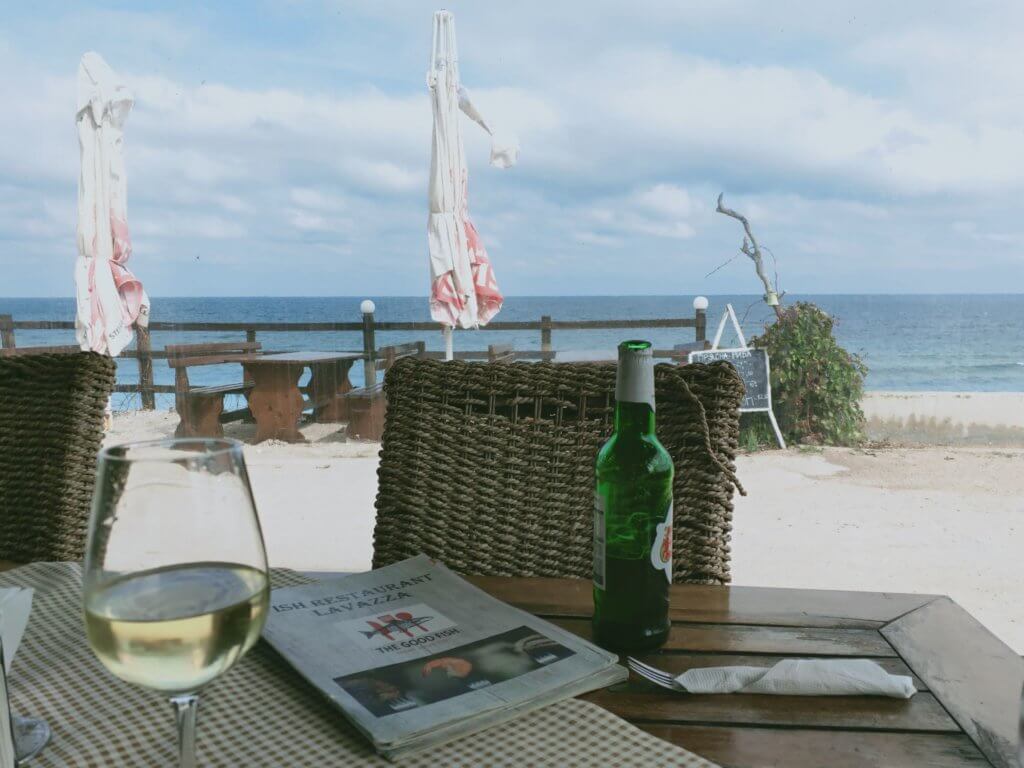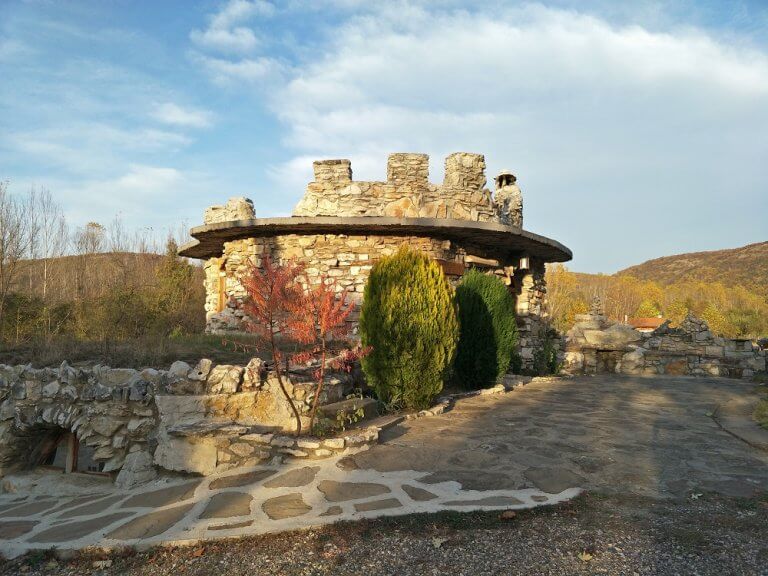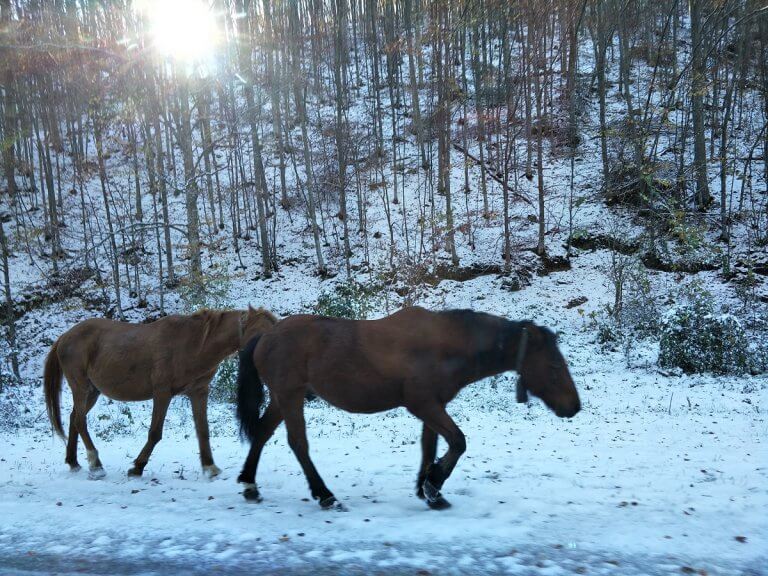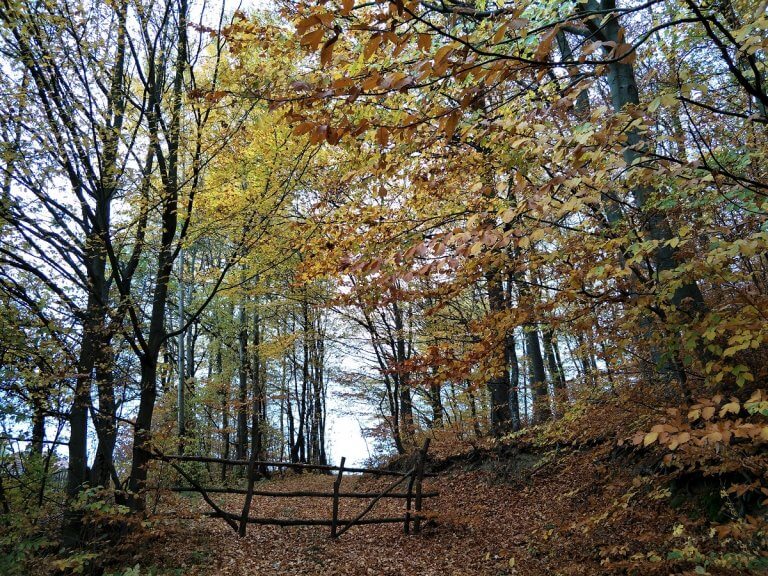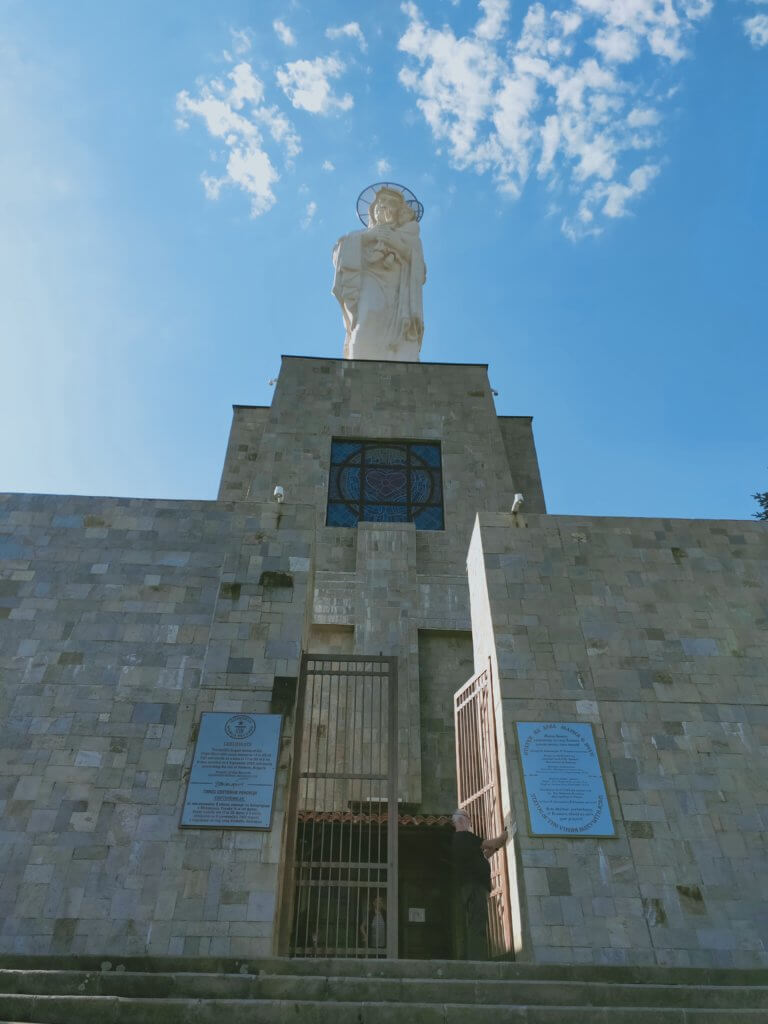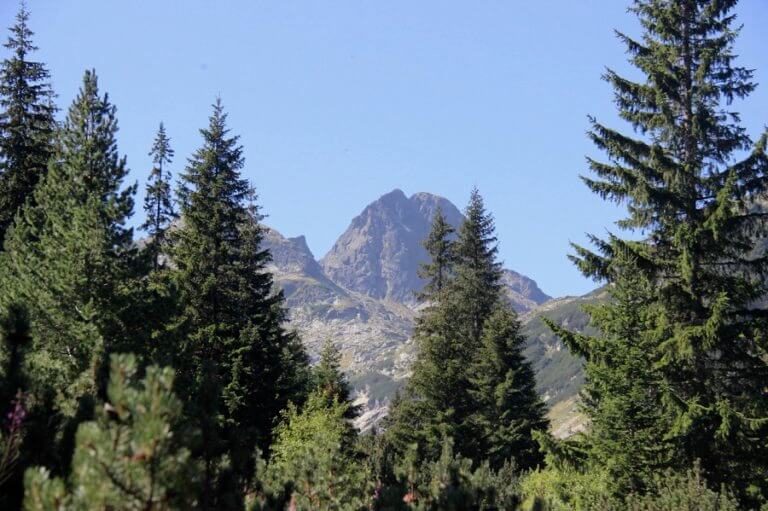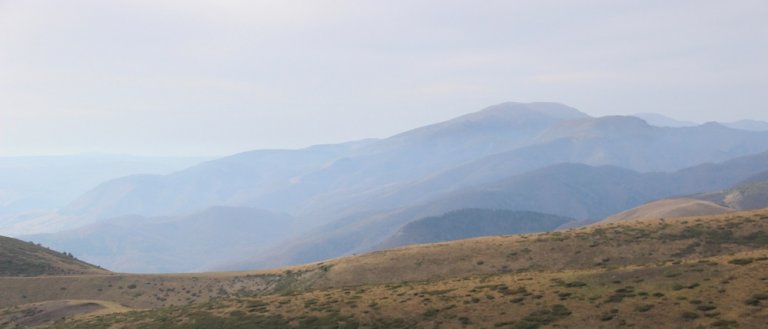Balchik, Bulgaria. Day 160 October 6th 2019
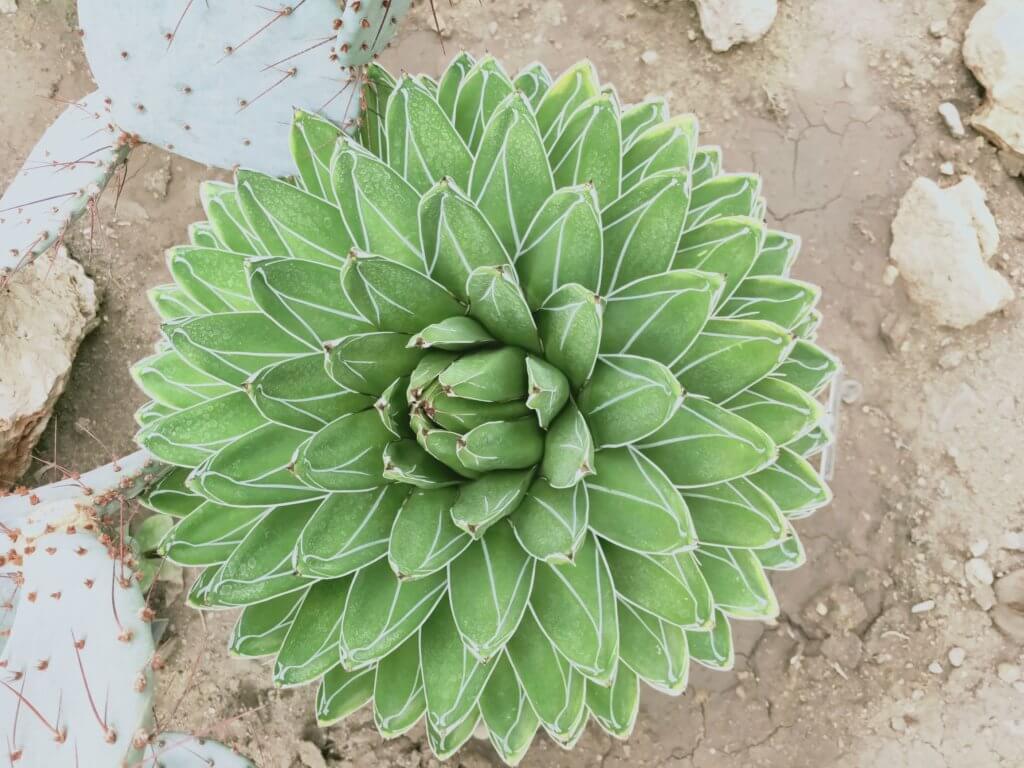
In Balchik, sitting on the Black sea coast at the base of the cliff is Queen Marie of Romania’s palace. Ownership of the surrounding region had moved between Romania and Bulgaria for many years until now Bulgaria.
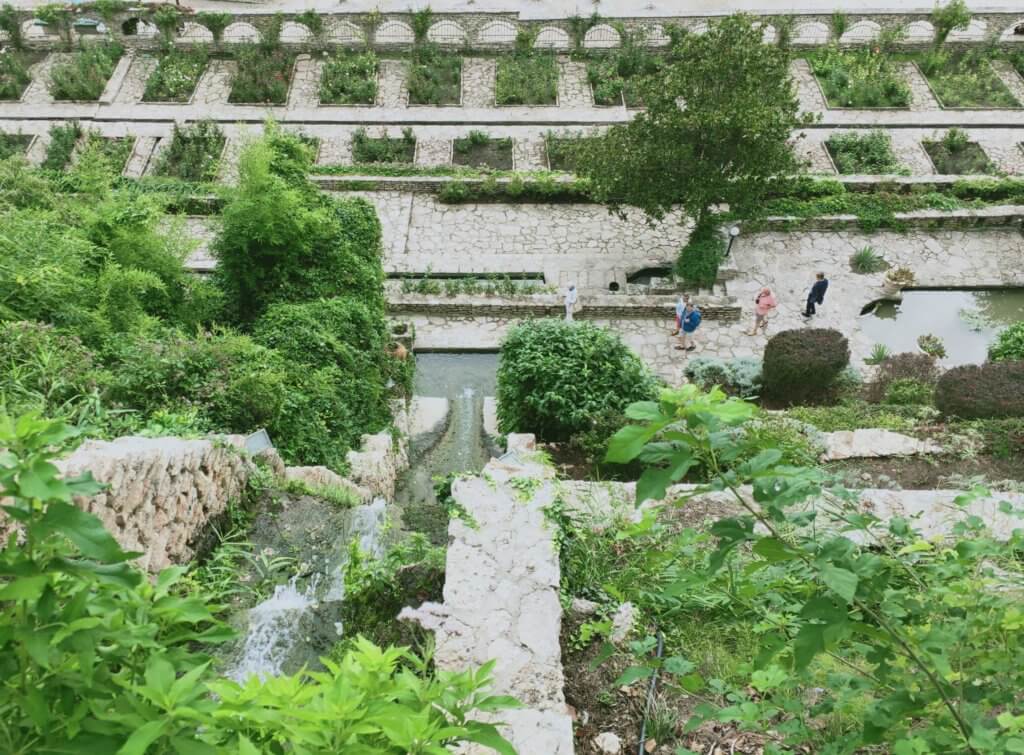
The pathways through the grounds wound through many different garden areas. Waterfalls, water features, colourful flower beds, lush treed areas. From the upper walkways, the view down to the sea looks out over geometric like patterns of garden and waterfall.
Queen Marie’s marble throne sat on an angle looking out to sea on the waterfront. Small and well worn the throne was cool to sit in and surprisingly comfortable and contemplative.
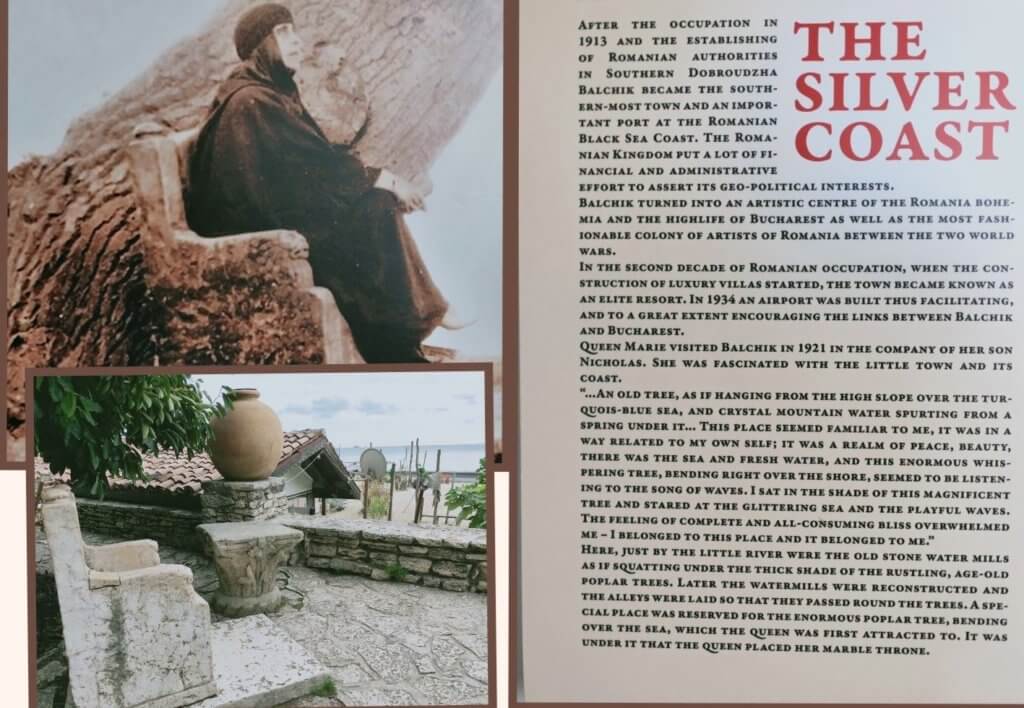
One of the gardens within the palace complex close to the small palace featured recycled ancient pieces including Thracian gravestones, and a Greek headstone. A feature we would have missed as did many passing by. Our good fortune was to have with us an archeologist and guide who spied such things.
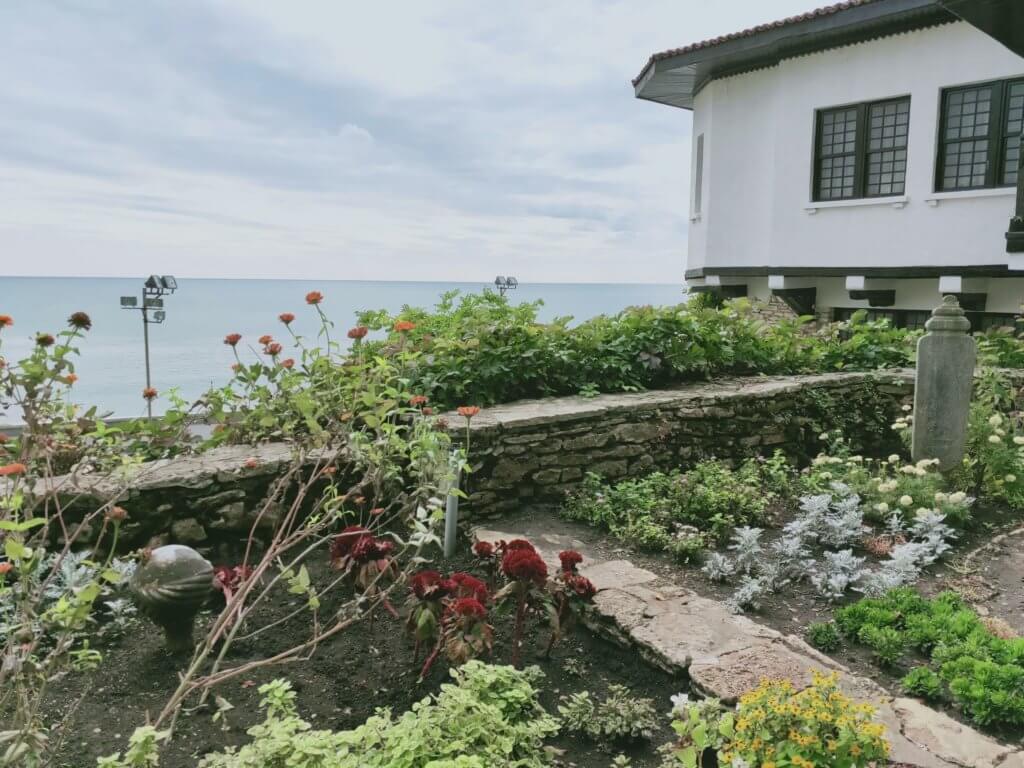
The multi-storied palace was surrounded by buildings scattered through extensive gardens. Buildings included a chapel, guest quarters, a wine cellar and many other buildings across the complex.
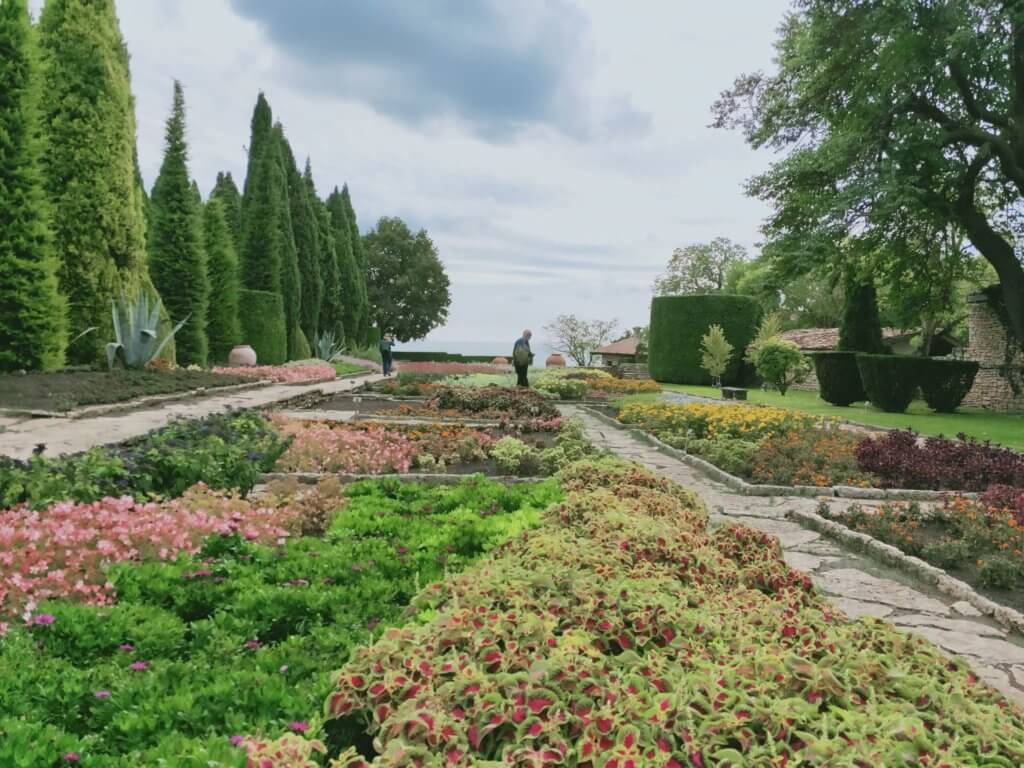
Alongside Queen Marie’s Palace, the Balchik – University Botanic Garden spread over 19hectares. We had a brief visit to a place one could spend hours. Originally created as part of the palace the garden were placed under the umbrella of the University and are now a protected area with more than 4,900 species.
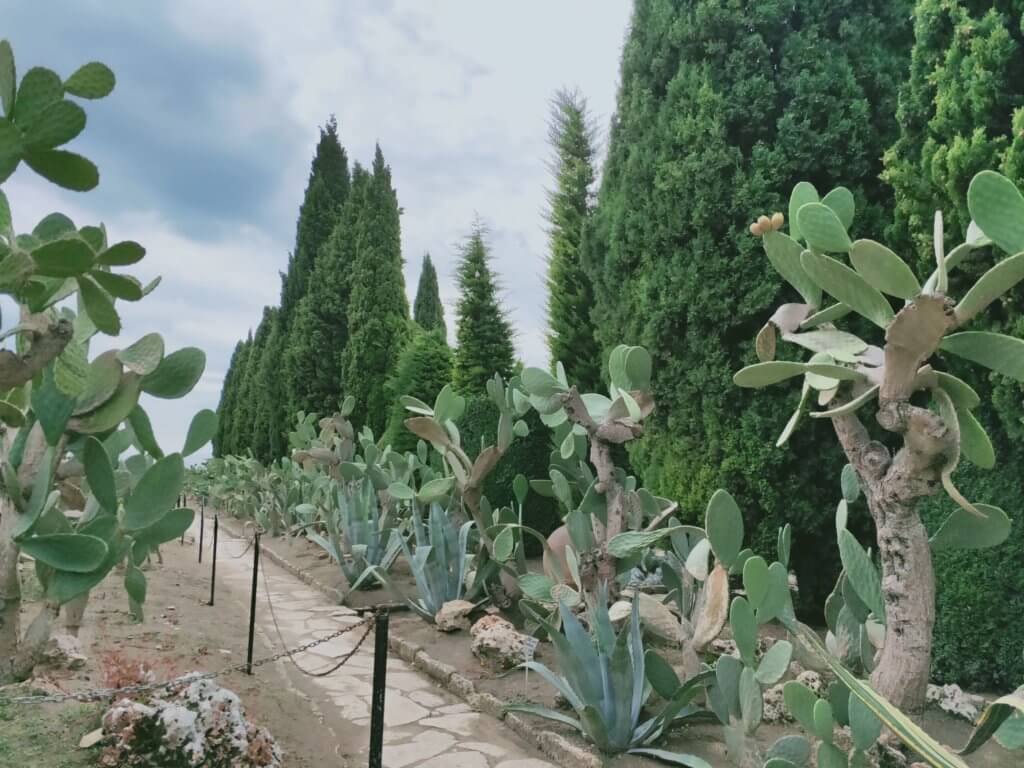
Many species were included in interesting garden layouts. With further exhibits housed in greenhouses. A wide variety of cacti both in the greenhouses and outside garden area are extensive. An unusual combination lined a walkway – Prickly Pear cactus and conifers in the background. With many more varieties of cacti and other plants in the greenhouses. In the greenhouses Cacti of all shapes, sizes and prickles!
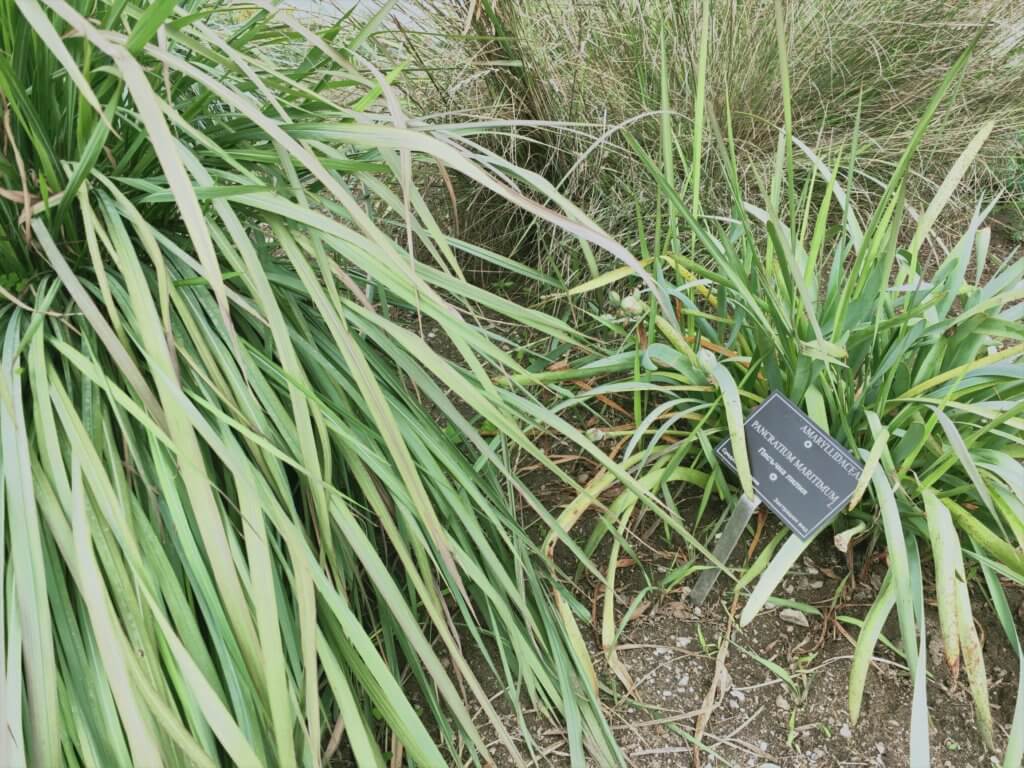
One rare plant – not looking particularly beautiful had a great story. It was on the way to extinction and is on the endangered list but lives on and is being protected in the gardens.
Time to leave for the next town in our fascinating and strange tour of Bulgaria. Mayors in Bulgaria seem to have quite a deal of influence in the development of their region. In Kavarna a Black Sea town a Mayor with an interest in Rock music developed a theme in the town around Rock music particularly Heavy Metal music. He encouraged the creation of Rock music festivals , sculptures in the park of well-known Rock stars, along with murals throughout the town.
Apparently the new Mayor and municipality are not such fans and has been accused of trying to still the music! Including selling the previous Mayor’s company car signed by various Rock stars attending the music festivals.
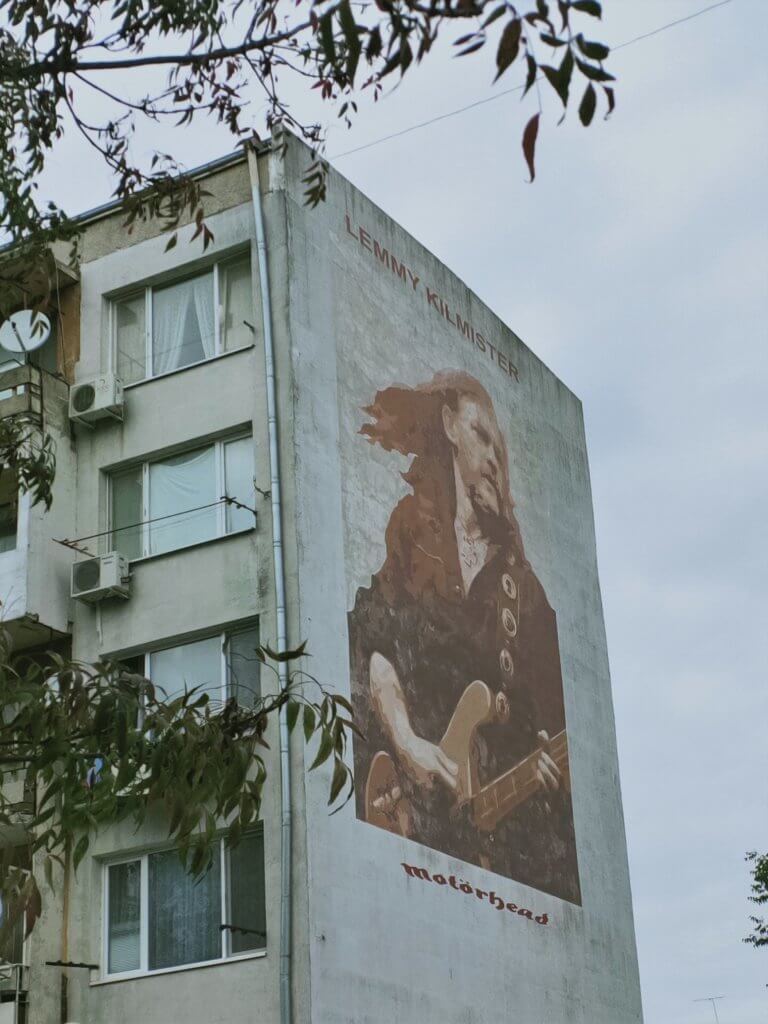
Driving through Kavarna huge murals of Metal bands and Rock stars can be found on the side of buildings. In the park only two statues have been erected – one of a Bulgarian Rock star the other Dio – while the park was to have been filled with statues this appears to have stopped.
As we left Kavarna expecting to drop into a local restaurant for lunch we found ourselves being driven out of town. Finally down a very steep road and there at the bottom at the edge of the sea was the Dalboka Mussel Farm for lunch. What a spot – tables surrounding the water’s edge, a menu of mussels farmed offshore. Heaven. We each opted for a pot of mussels as did most of the patrons around us.
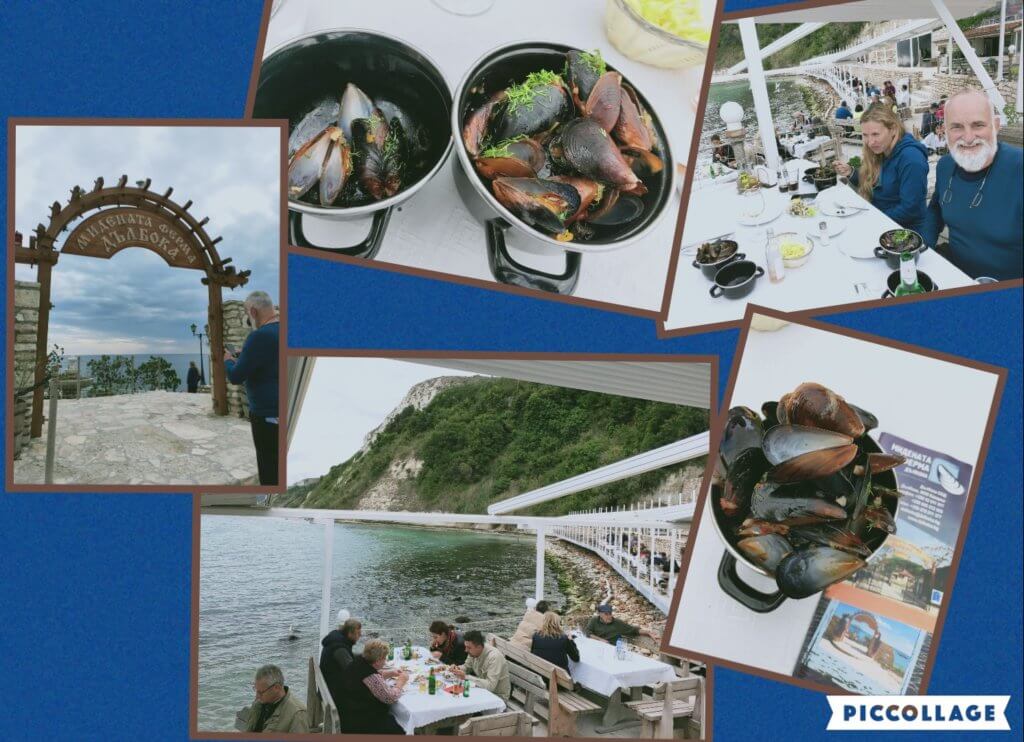
As the sky blackened and the sea set into a stormy swell we arrived at long narrow Kaliakra peninsula and fortress part of the rich fertile Dobrudzha plateau. A long history beginning centuries BC was reflected in the excavations along the peninsula – Thracians, Romans, Greeks, Byzantine empire and on and on. The site had been important in the Troyan war. A small but informative museum was tucked in at the base near the water, housing a clear model of the peninsula
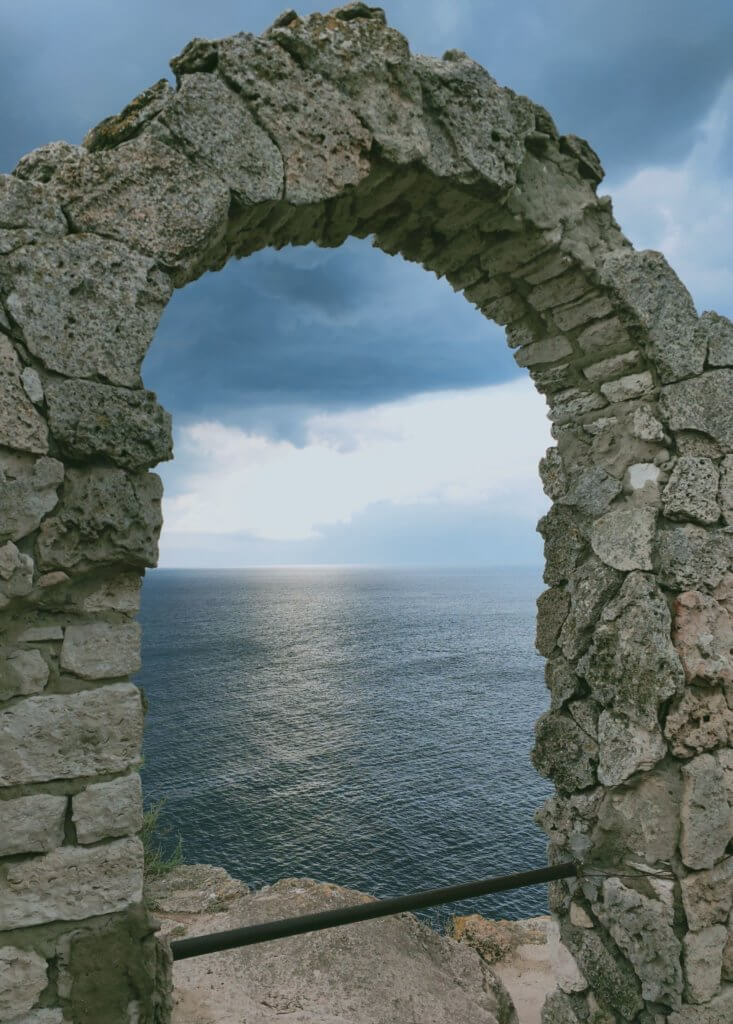
The entry to the Fortress was dominated by the large Communist style statue of a Ushakov. The peninsula was the site of the last naval battle of the war against Turkey and Russian naval commander Fyador Ushakov lead the Russian fleet. The long narrow peninsula encapsulates the complicated and lengthy history of Bulgarian independence – of invasions and liberation, heroes and villains throughout history.
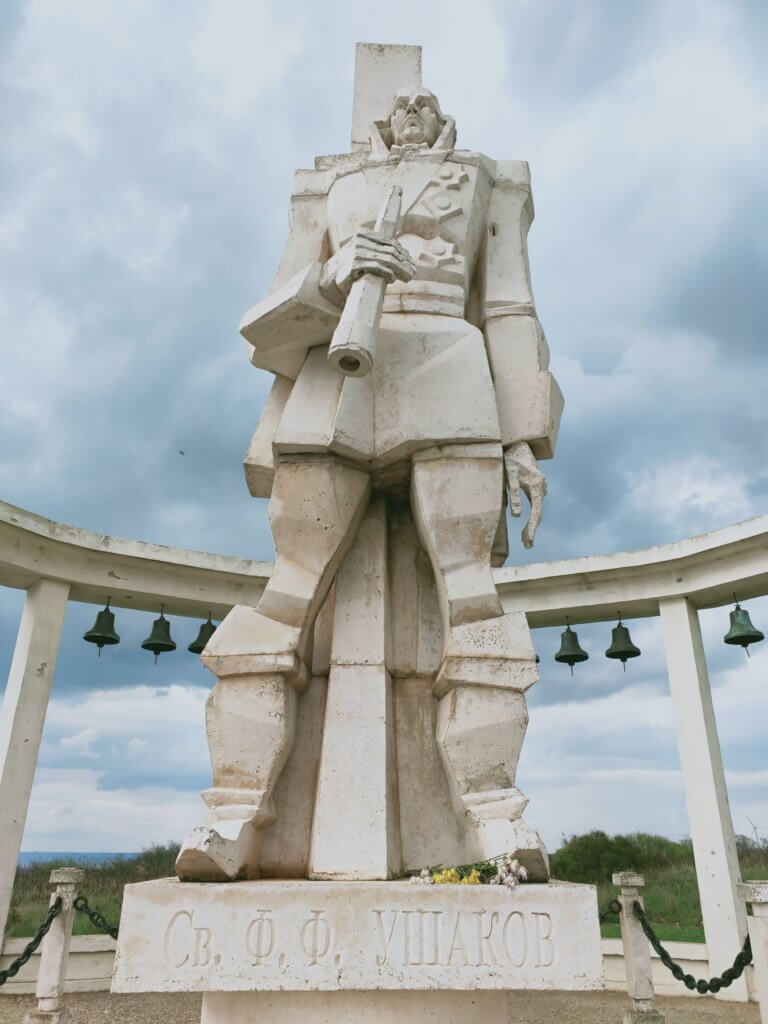
The complex history of the area and the endless tribes conquering and being conquered was highlighted in a poster in the Museum explaining the history of domination of the sea after the Trojan Wars. Centuries of changing leaders.
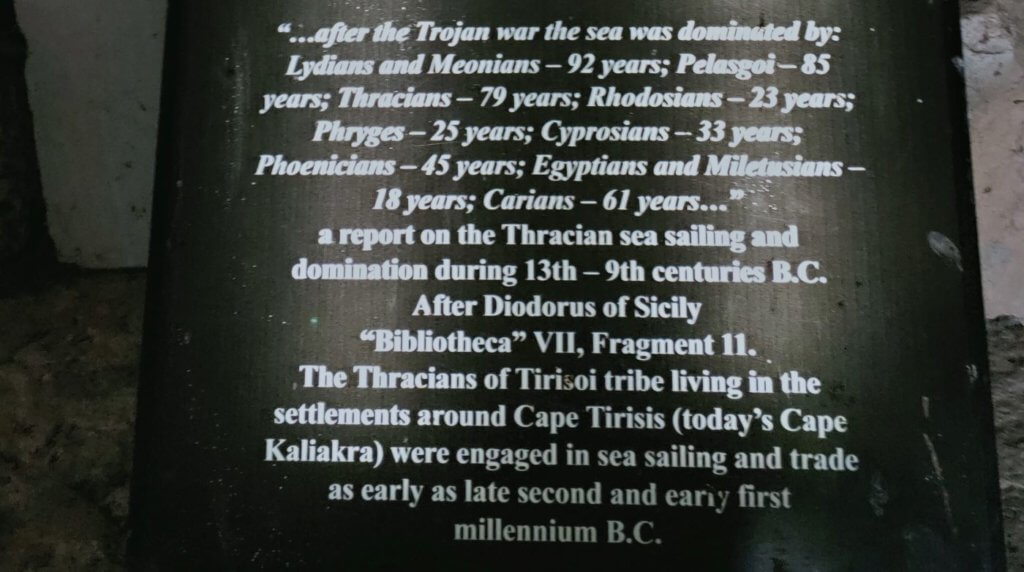
The ancient and the modern came together as we walked along the ruins –the wind turbines of modern Bulgaria lined up beyond the ancient fortress walls.
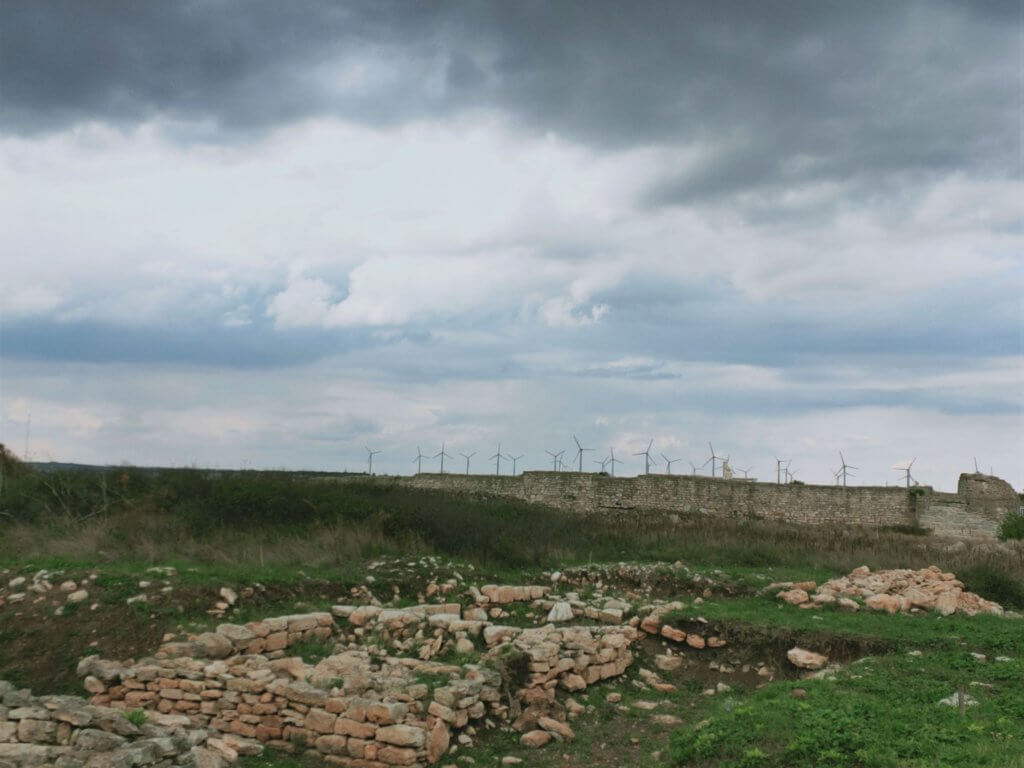
Dinner at Lavazza Fish Restaurant – driving in the dark it seemed we were heading to a remote dark place when suddenly we arrived at the coast and a small warmly lit beachside restaurant. The fish soup with the added tiny dish of garlic, chilli and oil mix was excellent. So good we returned for lunch the following day.
